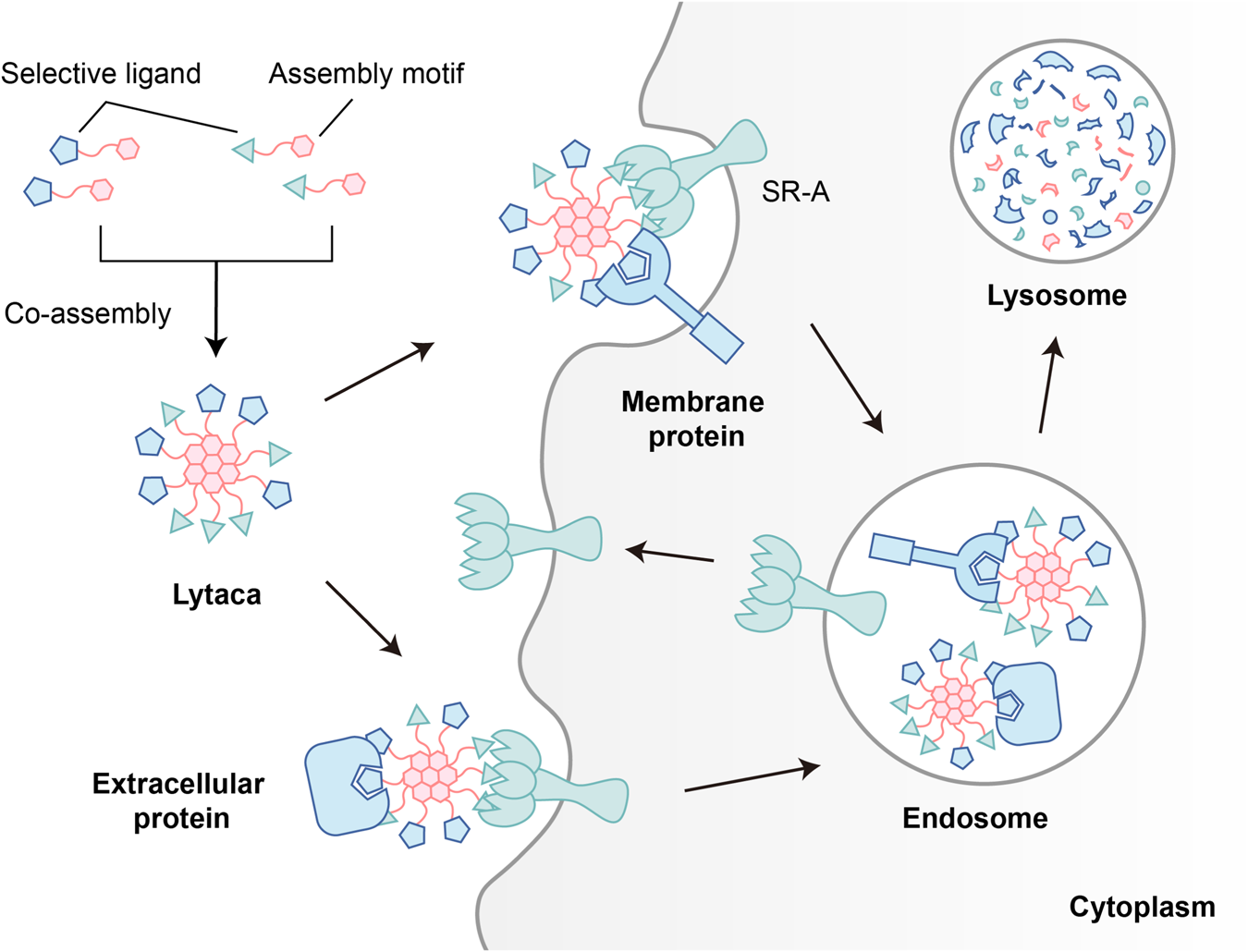Mengyao Li , Jie Li , Yibo Wang, Jianxin Zhao, Aiyun Yuan, Weidong Dong, Linlin Kong,Suwei Dong, Weijie Qin, Yun-Gui Yang, Xiaohui Wang Chen Wu, Jing Li


N6-methyladenosine (m6A) is the most prevalent internal RNA modification, and its regulators include writers, readers and erasers. m6A is under stringent control and takes part in many biological events, but it is not known whether there is an interplay between m6A and glycosylation. Here we investigated an m6A reader, YTHDC1, which has been shown to be recruited to the DNA-RNA hybrid at DNA damage sites and regulate homologous recombination (HR) during DNA damage repair. We found that YTHDC1 is subject to O-linked β-N-acetylglucosamine (O-GlcNAc) modification at Ser396 upon DNA damage, which is pivotal for YTHDC1 chromatin binding and ionization radiation induced focus (IRIF) formation. RNA immunoprecipitation (RIP) and molecular dynamics (MD) simulations indicate that O-GlcNAcylation is vital for YTHDC1 to bind with m6A RNA. Fluorescence recovery after photo bleaching (FRAP) analysis revealed that YTHDC1 O-GlcNAcylation is essential for DNA damage-induced YTHDC1-m6A condensate formation. We further demonstrate that YTHDC1 O-GlcNAcylation promotes HR-mediated DNA damage repair and cell survival, probably through recruitment of Rad51 to the damage sites. We propose that YTHDC1 O-GlcNAcylation is instrumental for HR.
Download